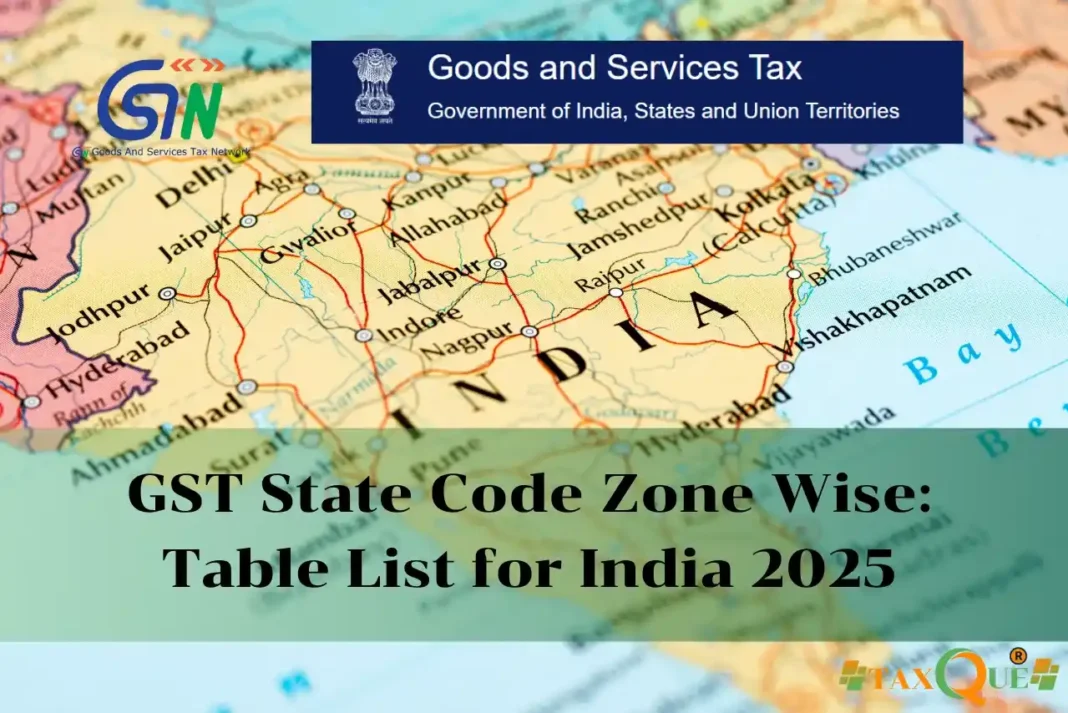Introduction
The history of GST in India marks a transformative chapter in the country’s taxation system, replacing a complex web of indirect taxes with a unified Goods and Services Tax (GST) on July 1, 2017. Designed to streamline taxation, boost economic growth, and simplify compliance for businesses in cities like Patna, Bangalore, and Hyderabad, GST has reshaped India’s fiscal landscape. This blog delves into the history of GST in India, tracing its origins, key milestones, implementation, and impact, and explains how TaxQue supports businesses in navigating GST compliance as of June 3, 2025.
What Is GST and Its Historical Context?
The history of GST in India reflects a decades-long effort to reform the fragmented indirect tax system, which included central taxes (excise duty, service tax) and state taxes (VAT, octroi). GST, a destination-based tax on goods and services, unifies these under a single framework, administered by the GST Council. The journey to GST aimed to eliminate tax cascading, enhance compliance, and create a common national market, significantly impacting businesses during company registration and operations.
Key Milestones in the History of GST in India
The history of GST in India spans over two decades, with significant milestones:
2000–2006: Early Discussions
- 2000: Prime Minister Atal Bihari Vajpayee initiates discussions on a unified tax system, forming an Empowered Committee of State Finance Ministers under Asim Dasgupta.
- 2004: Vijay Kelkar’s Task Force recommends a GST-like system to replace multiple taxes, laying the groundwork for reform.
- 2006: Finance Minister P. Chidambaram announces GST as a goal in the Union Budget, targeting implementation by April 1, 2010.
2007–2014: Legislative and Political Challenges
- 2009: The Empowered Committee releases the First Discussion Paper on GST, outlining its structure, rates, and exemptions.
- 2011: The 115th Constitutional Amendment Bill is introduced to enable GST but lapses due to opposition from states over revenue losses.
- 2013–2014: Political disagreements delay progress; the UPA government’s efforts stall as states demand compensation for VAT losses.
2015–2017: Legislative Breakthrough and Implementation
- 2015: The Modi government introduces the 122nd Constitutional Amendment Bill, passed in 2016 as the 101st Amendment, enabling GST.
- 2016: The GST Council, chaired by the Union Finance Minister, is formed to finalize rates (0%, 5%, 12%, 18%, 28%) and rules.
- 2017: On July 1, 2017, GST is launched at a midnight session in Parliament, replacing 17 taxes and 13 cesses. Four GST Acts (CGST, SGST, IGST, UTGST) are enacted.
2018–2025: Refinements and Impact
- 2018–2019: GST rates are rationalized (e.g., 28% slab reduced), and e-invoicing is introduced to curb evasion.
- 2020: GST collections cross ₹1 lakh crore monthly, despite COVID-19 disruptions, signaling economic recovery.
- 2022–2025: By June 3, 2025, GST compliance improves with e-way bills, simplified returns, and digital tools. The GSTN portal enhances registration and filing for businesses in Patna, Bangalore, and beyond.
Impact of GST on Indian Businesses
The history of GST in India highlights its profound impact:
- Unified Market: Eliminated inter-state barriers, enabling seamless goods movement (e.g., from Patna to Bangalore).
- Simplified Compliance: Single GSTIN with state codes (e.g., 10 for Bihar) streamlines registration during company setup.
- Reduced Tax Cascading: Input tax credits lower costs for businesses, boosting competitiveness.
- Digitalization: GSTN portal and e-invoicing enhance transparency, though initial tech challenges persist.
- Challenges: High compliance costs for SMEs, frequent rate changes, and initial implementation hurdles.
- Economic Growth: GST revenue contributes ~₹1.5 lakh crore monthly by 2025, supporting infrastructure and welfare.
GST Compliance and Company Registration
The history of GST in India underscores its integration with company registration:
- GST Registration: Mandatory for businesses with turnover above ₹20 lakh (services) or ₹40 lakh (goods), using state codes (e.g., 29 for Karnataka).
- GSTIN Structure: 15-digit code (e.g., 10 for Bihar + PAN + entity code) assigned during registration via the GST portal.
- Returns: GSTR-1 (sales) and GSTR-3B (summary) filed monthly/quarterly, requiring accurate state codes.
- Jurisdiction: Determined by state code, verifiable on the CBIC portal.
- Penalties: ₹10,000–₹25,000 for incorrect GSTIN or late filings, emphasizing compliance.
TaxQue simplifies history of GST in India compliance with expert support for GST registration, return filing, and company setup in Patna, Bangalore, or Hyderabad. Visit TaxQue’s GST compliance guide or company registration services for seamless solutions.
FAQs
1. When did GST start in India?
GST was launched on July 1, 2017, as a unified indirect tax, a key milestone in the history of GST in India.
2. What was the first step in GST’s history?
In 2000, PM Vajpayee formed an Empowered Committee to discuss a unified tax system.
3. How has GST impacted company registration?
GST registration, with state codes (e.g., 10 for Bihar), is mandatory post-incorporation for businesses above turnover thresholds.
4. What challenges did GST face initially?
Complex compliance, tech issues on GSTN, and state opposition marked early hurdles.
5. How does TaxQue assist with GST compliance?
TaxQue offers tools for GSTIN verification, return filing, and registration. Explore TaxQue’s compliance services.
Conclusion
The history of GST in India is a journey from fragmented taxation to a unified system, transforming business operations since July 1, 2017. From its inception in 2000 to its impact on company registration and compliance in 2025, GST has created a seamless market while posing compliance challenges. Platforms like TaxQue streamline history of GST in India compliance with expert tools for GST registration and return filing. Embrace GST, stay compliant, and thrive in India’s dynamic economy.





